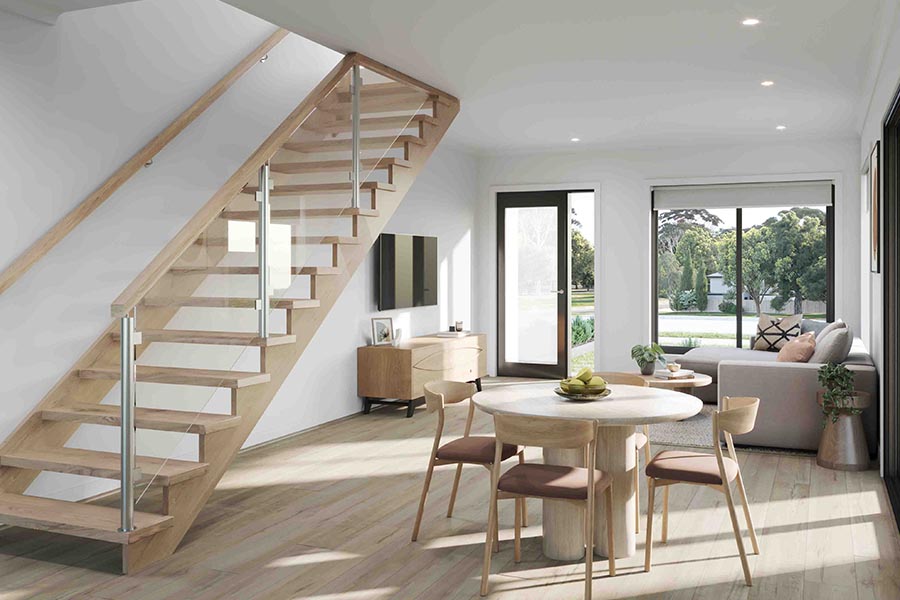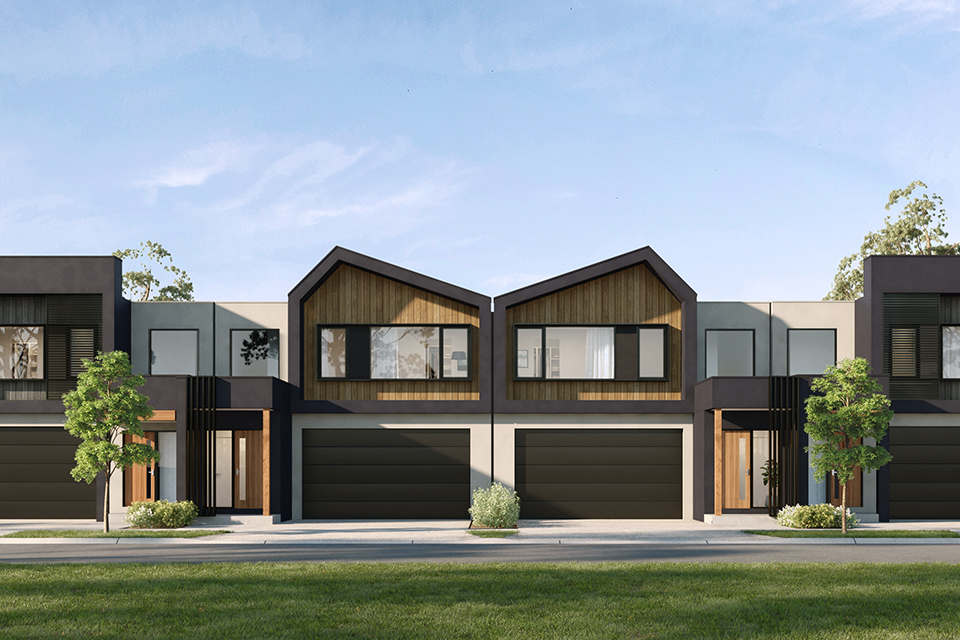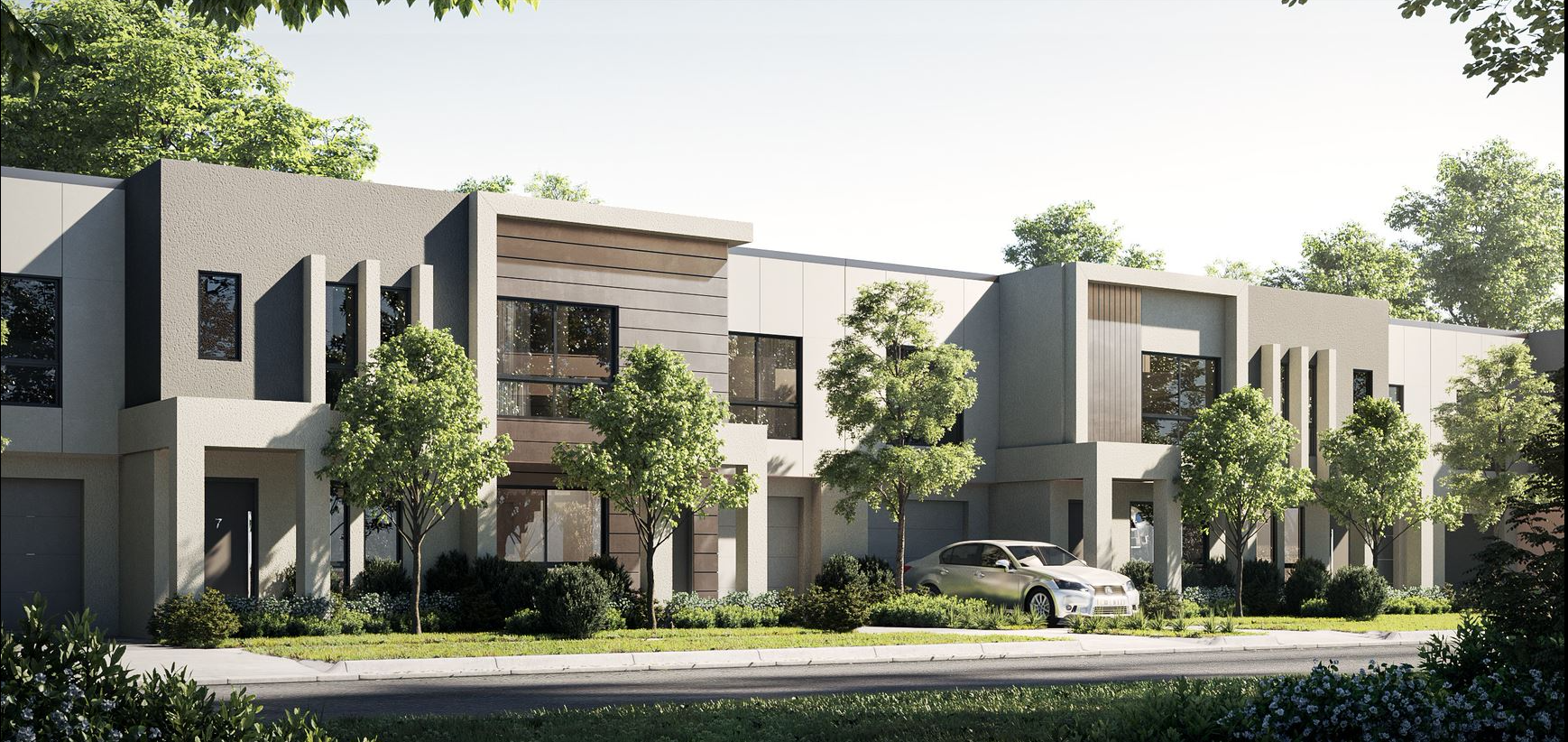
Our Q2 2023 Greenfield Market Report has found that despite the significant cash rate increases since May 2022, median house prices have managed to avoid the initially anticipated decline in price. This resilience has been supported by reduced listings, resulting in the persistence of relative demand pressures, and limiting opportunities for prospective buyers at an individual dwelling level. This has been further exacerbated by the hefty increase in mortgage rates; significantly reducing borrowing capacity, and in turn, purchasing power.
Across the nation, households (especially first homeowner households) are navigating higher cost of living, grappling with reduced savings, and facing challenges accumulating a deposit – all factors reinforcing the need for more affordable housing solutions.
Backdropped by the current economic climate and housing challenges, townhomes continue to stand tall as the non-traditional housing option that balances buyer preferences and affordability concerns.
Townhomes not only cater to the deepening affordability constraints but also offer lifestyle features comparative to traditional detached houses with modern – and often more sustainable – amenities. These house-like dwellings, generally with a separate title and individual secure parking, come at a compelling price point that resonates with price-sensitive buyers. In fact, over the last few years, townhomes have cemented themselves as a pathway into homeownership in the face of rising challenges.

Households on a moderate income between $80,000 to $120,000 (for a couple without dependents) can still get a foothold into the property ladder despite the challenges of the larger economic landscape.
As the market dynamics continue to evolve, townhomes remain strong as the bridge between housing choice and buyer desires. Their steadily increasing popularity demonstrates that townhomes are a pivotal element in the market – offering the great Australian dream on an affordable budget.
While the macroeconomic landscape may have initially solidified the position of townhomes as a compelling option for homeownership for those navigating affordability constraints, they are certainly not projected to be a short-lived trend. In fact, townhomes will unlock the opportunity for homeownership for many generations.
The appealing proposition offered by townhomes will continue to rise even as interest rates soften and borrowing capacities begin to increase. Well-functioning markets must offer a variety of housing options that bridge the gap between traditional detached houses and high-density units. This caters to all income levels and best aligns housing amenity with purchasing capacity, limiting unnecessary trade-offs due to a lack of availability of better suited housing options.

As traditional detached house prices rise, it is well anticipated that the more affordable option will further solidify its place as the ideal bridge to the gap.
In markets where this has not been the case – for instance, Sydney – higher density housing has emerged as the primary alternative to detached houses. Conversely – for instance, in Melbourne – where we note the presence of more medium density products, buyers are offered a more viable compromise that meets their lifestyle needs while easing their affordability concerns.
As townhomes gain more momentum in the market, spurred by shifting buyer needs, they will continue to play a crucial role in supporting housing needs without unnecessarily sacrificing lifestyle preference. This extends from metropolitan to greenfield areas; each requiring varied and balanced housing product mix for their respective communities.
This article references findings from our Q2 2023 Greenfield Market Report. For the full report, click here.
